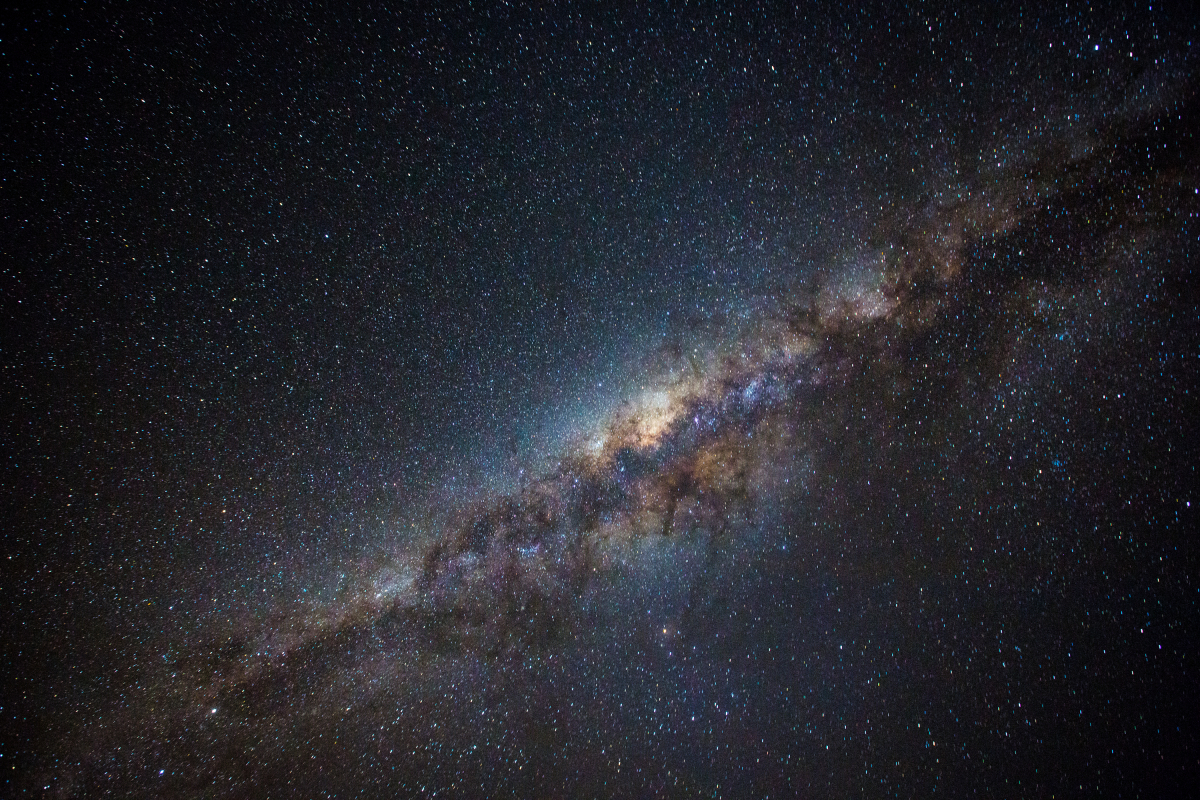Supernova mystery solved after 900 years
In 1181 stargazers documented a new point of light that shone as brightly as Saturn and went out after six months. Researchers are now associating it with an as yet unexplained supernova.
Thanks to Chinese and Japanese sky observers, the research was able to trace the fifth known, but so far unexplained supernova in our home galaxy, the Milky Way. They had meticulously written down that they could see a light source in the sky between August 6, 1182 and February 6, 1182.
The point of light that was seen for 185 days is said to have corresponded to the luminous intensity of Saturn. The early astronomers had also noted his position. The star is said to have stood between the two Chinese constellations Chuanshe and Huagai near today’s Cassiopeia.
This sparse information was enough for a multinational research team with scientists from Hong Kong, Great Britain, Spain, Hungary and France to draw connections to two other celestial phenomena. For one thing, they looked at the nebula called Pa30. This planetary nebula is a remnant of a supernova, as it is in most cases after the decay of a star that has degenerated into a white dwarf.
False-colored images of the Parker star and the Pa30 nebula that scientists now believe are linked to reports of a supernova dating back to 1181. (Image: University of Hong Kong)
The clouds of Pa30 move so fast that the dust and gas mist would only need five minutes to travel from the earth to the moon. From the back calculation based on this speed, the researchers determined that the nebula would match a supernova that occurred around 1181 and is therefore listed as SN1181.
On further consideration, they came to the conclusion that the Parker star, one of the hottest stars in the Milky Way, is also a likely counterpart to the supernova. According to this theory, the nebula and the star represent the result of a collision and subsequent merging of two so-called white dwarfs.
Dying stars are called white dwarfs because they have reduced to their bare, incandescent core towards the end of their existence. Because before a star becomes a white dwarf, it supplies itself with energy by fusing hydrogen to form the somewhat heavier element helium. As soon as there is no more hydrogen, it fuses the helium into even heavier elements. During this secondary fusion, the outer layers of matter of the stars are released. This then shows up as a planetary nebula.
The team found that Pa30 must have originated from a rare and relatively faint type of supernova known as the Iax-type supernova. Only about 10 percent of all supernovae are of this, as yet largely unexplored type, as research director Albert Zijlstra, astrophysicist at the University of Manchester in Great Britain, explains in a statement on the new research results. SN1181 goes well with this type and presents research “the only supernova of the Iax type, in which detailed investigations of the star remnant and the nebula are possible”.
With this, his team was able to solve not only an astronomical but also a historical puzzle, says Zijlstra happily. The study was published in the journal on Wednesday Astrophysical Journal Letters released.



